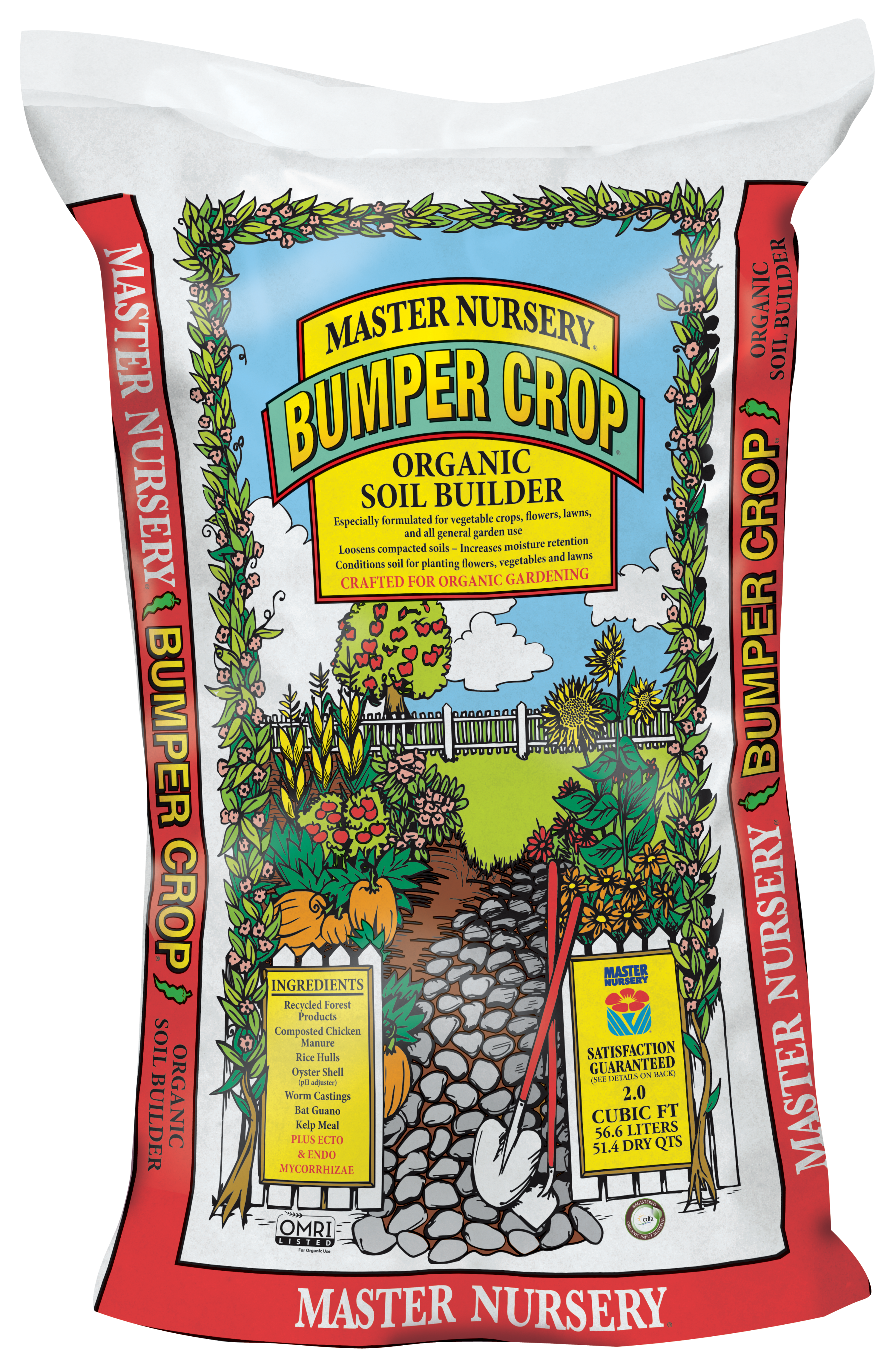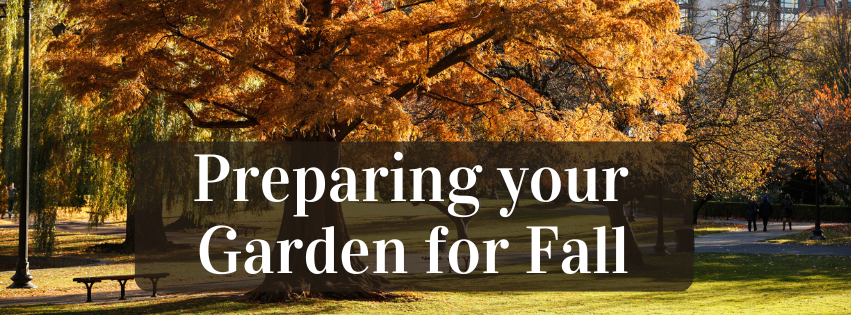Preparing Your Garden for Fall: A Seasonal Guide
As summer begins to wind down and the days grow shorter, it’s time to start thinking about preparing your garden for fall. While it may seem like the growing season is coming to an end, fall is actually one of the most important times for gardeners. With a little preparation, you can ensure that your garden remains healthy through the winter and is ready to burst into life again come spring. Here’s a guide to help you get your garden fall-ready.
1. Clean Up and Clear Out
The first step in preparing your garden for fall is cleaning up. Remove any spent annuals, weeds,  and debris from your garden beds. This is especially important if you’ve had any disease or pest issues during the summer, as removing infected plant material can help prevent problems from carrying over into the next year. Compost healthy plant material to add back nutrients to your garden, but dispose of any diseased plants.
and debris from your garden beds. This is especially important if you’ve had any disease or pest issues during the summer, as removing infected plant material can help prevent problems from carrying over into the next year. Compost healthy plant material to add back nutrients to your garden, but dispose of any diseased plants.
Next, clear out any fallen leaves, twigs, and other debris from around your plants. These can harbor pests and diseases over the winter. If you have a compost pile, now is a great time to turn it and add any new material you’ve gathered.
2. Soil Preparation

Fall is an excellent time to focus on soil health. Start by testing your soil to determine its pH and nutrient levels. Based on the results, you can amend your soil to ensure it’s in prime condition for next year’s growing season. Adding organic matter like compost and pine bark mulch can help improve soil structure, drainage, and fertility. Read about our favorite compost; Bumper Crop!
If your soil is acidic, consider adding lime to adjust the pH. On the other hand, if it’s too alkaline, sulfur may be needed. After adding amendments, gently work them into the soil with a garden fork or tiller, being careful not to disturb any perennials that will overwinter in the ground.
3. Fertilizing with Organic Fertilizer
Fertilizing your garden in the fall with organic fertilizer is a crucial step in ensuring a healthy and productive garden come spring. Organic fertilizers, such as Bio-Tone, Holly-Tone, or Flower-Tone, release nutrients slowly, providing a steady supply of nourishment to your plants over the winter months. Applying organic fertilizer in the fall helps replenish the soil with essential nutrients that may have been depleted during the growing season. This not only strengthens the roots of perennials, trees, and shrubs but also enhances soil fertility, setting the stage for vigorous growth in the spring. Be sure to apply the fertilizer evenly across your garden beds and gently work it into the soil to maximize its effectiveness.
4. Planting Fall Crops

Just because summer is ending doesn’t mean you have to stop planting. Many cool-season vegetables thrive in the fall and can even improve in flavor after a light frost. Vegetables like kale, spinach, carrots, and beets are perfect for fall planting. If you live in a region with a mild climate, you might also be able to plant garlic, onions, and shallots, which will overwinter and be ready for harvest in the spring.
To get the most out of your fall crops, consider using row covers or cold frames to extend your growing season and protect plants from unexpected frosts. These simple structures can make a big difference in the success of your fall garden.
5. Mulching
Mulching is an essential step in fall garden preparation. A good layer of mulch helps regulate soil temperature, retains moisture, and suppresses weeds. As the temperature drops, mulch acts as insulation, protecting plant roots from freeze-thaw cycles that can cause damage.
Apply a 2- to 3-inch layer of Pine Bark mulch around your perennials, trees, and shrubs. Be sure to keep the mulch away from the base of the plants to prevent rot. In vegetable gardens, mulch can help protect soil structure over the winter and add organic matter as it breaks down.
Read Why Pine is the Ultimate Mulch
6. Pruning and Dividing Perennials
Fall is the ideal time to prune certain plants and divide perennials. Pruning can help shape your plants, remove dead or diseased wood, and encourage healthy growth next spring. Focus on cutting back perennials that have finished blooming, and remove any dead or damaged branches from shrubs and trees.

If your perennials are overcrowded, fall is the perfect time to divide them. This not only helps manage the size of your plants but also allows you to propagate new plants for your garden. Dig up the plant, gently separate the root clumps, and replant the divisions in prepared soil.
Fall is a great time to Garden!

Preparing your garden for fall is about more than just tidying up; it’s an investment in the future health and productivity of your garden. By taking the time to clean, amend the soil, plant fall crops, mulch, fertilize, and care for your perennials, you’re setting the stage for
a vibrant and successful garden next year. So roll up your sleeves, enjoy the crisp autumn air, and give your garden the attention it deserves this fall!







